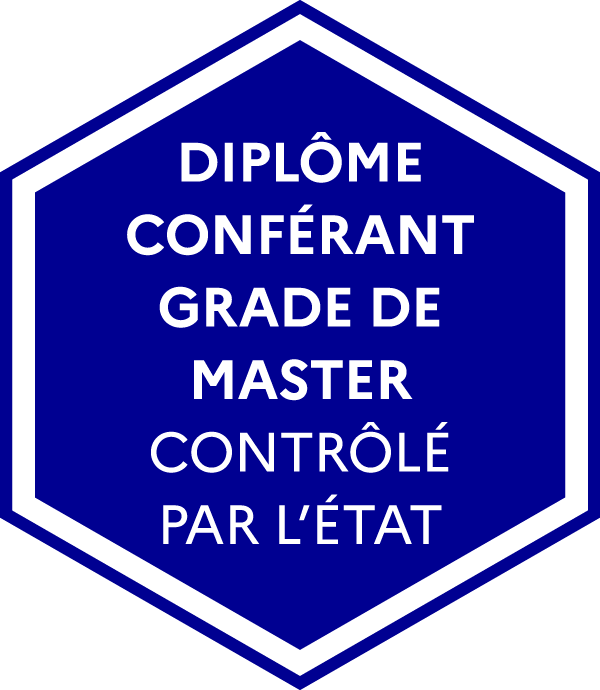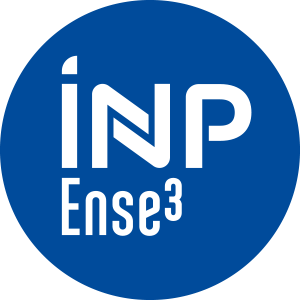Number of hours
- Lectures 20.0
- Projects 0
- Tutorials 20.0
- Internship 0
- Laboratory works 20.0
ECTS
ECTS 5.0
Goal(s)
The design of a power electronics converter is not easy. In fact, lots of physical constraints have to be taken into account to use power semiconductor devices in optimal conditions.
In this teaching module, we present the physical basis of semiconductor devices. Then we study how to drive, to package, to cool and to integrate them in a switching cell (routing rules).
EMI issues are also outlined in order to understand how to introduce a converter in a more complex system.
Content(s)
1. Power semiconductor devices
•physics of semiconductors
•power semiconductors specificities
•novel materials (Si vs Wide Band Gap)
•gate drivers: design and analysis
2. Thermal management
•packaging,
•loss calculation and design of cooling systems in stationnary and non stationnary conditions.
3. Electromagnetic environment
•behaviour of a switching cell
•calculation of stay elements
•design and modelling of passive devices
•introduction to EMI radiations
•shielding basis
4. Electromagnetic compatibility
•introduction
•disturbance source
•victim
•cables modelling
•modelling of a switching cell
•design of an EMC filter
Prerequisites
« Power electronics » IEE2
« Materials for electrical engineering » IEE2
DS on all the knowledge acquired in the module
Contrôle continu (CC): evaluation of the BE
N1=40%DS+60%CC
Physics of semiconductor devices – Sze
Fundamentals of Power Semiconductor Devices - Baliga
Introduction to Electromagnetic Compatibility - Whiley and son - Paul (http://www.amazon.fr/Introduction-Electromagnetic-Compatibility-Clayton-Paul/dp/0471755001)
French State controlled diploma conferring a Master's degree




